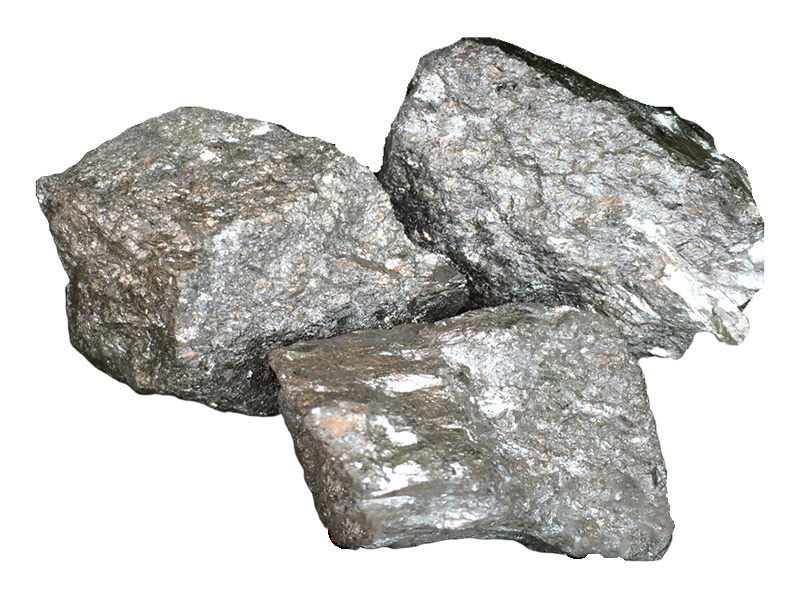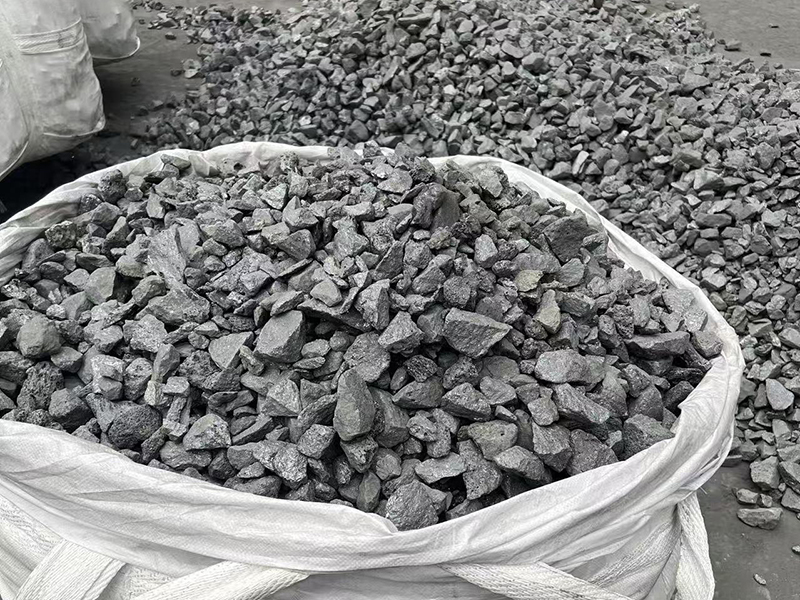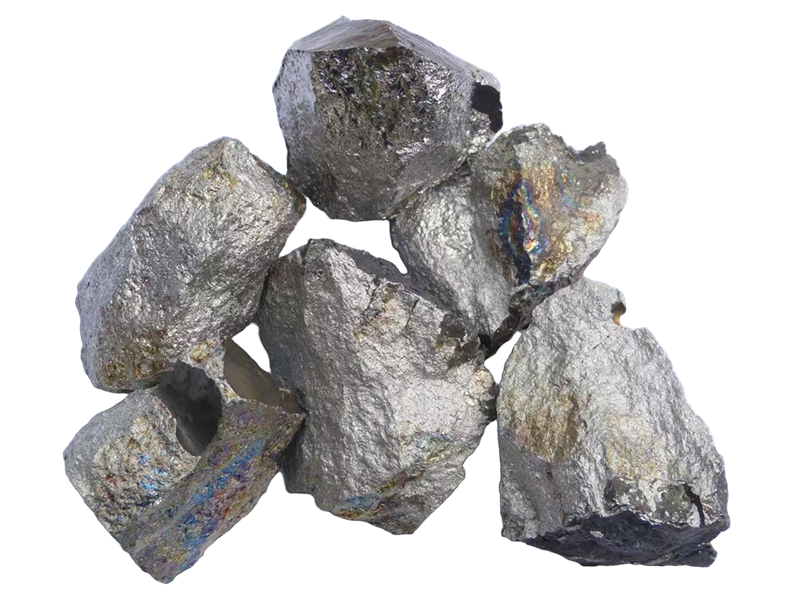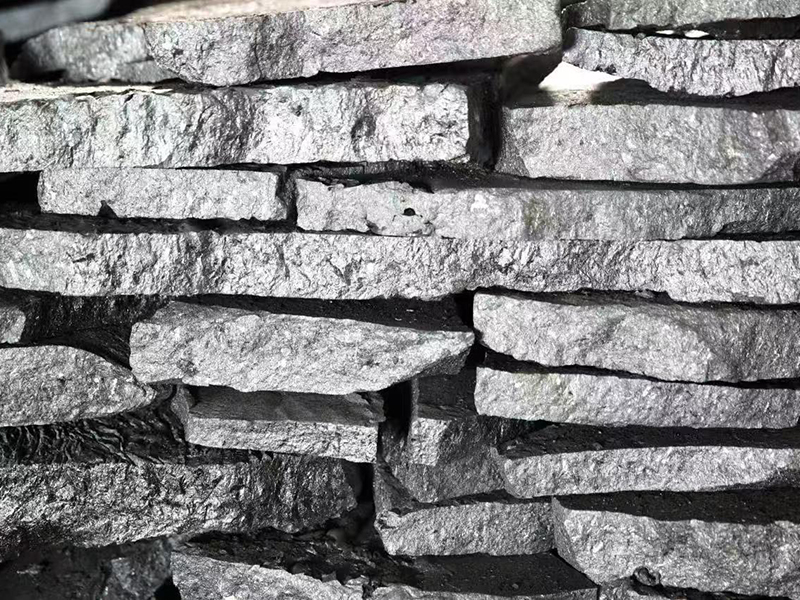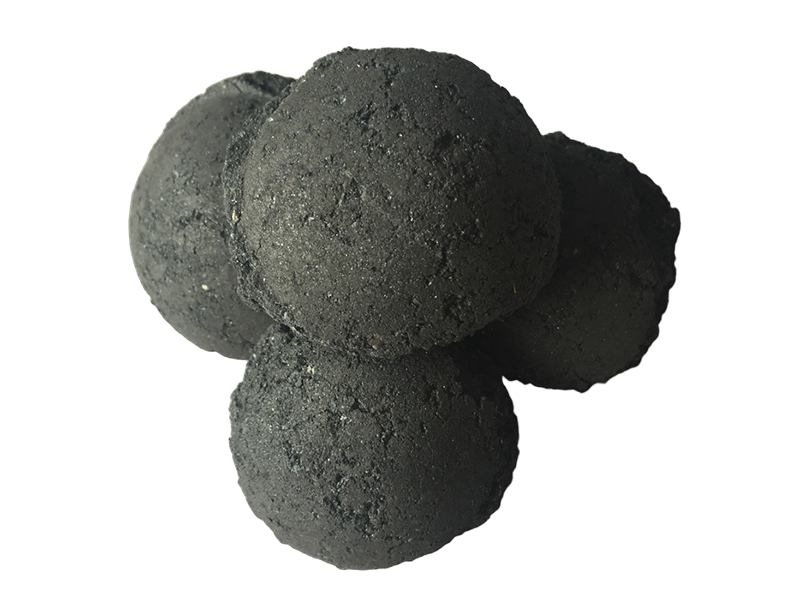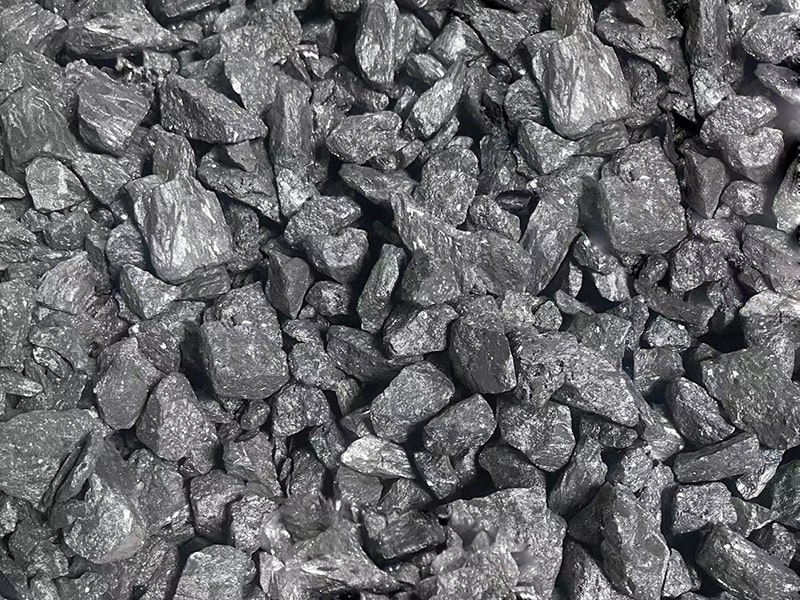Calcium-Silicon Alloys are used as deoxidizer and desulfurizer in the manufacturing of high steel. Indeed, Calcium and Silicon
both have a strong chemical affinity for oxygen. Especially calcium, have a strong chemical affinity not only for oxygen, but
also for sulphur and nitrogen. The steel industry accounts for around 90 % of global CaSi consumption.
The alloy is also used for the modification of non-metallic inclusions. Calcium Silicon is used to control the shape, size and
distribution of oxide and sulfide inclusions improving fluidity, machinability, ductility, and impact properties of the steel
product. The calcium liquefies the suspended solid inclusions of aluminium oxide), a principal source of fatigue failure in
highly stressed alloy steels, that are always present in aluminum-killed steels(Al203 is transformed by Ca into CaO:Al2O3).
Furthermore, the material properties of steel are improved: the calcium aluminates formed are largely undeformable in the
solidified steel and allow high isotropy of the material properties to be maintained after working of the steel.
Calcium Silicon can be obtained in lump, crushed or powder form. The most widely used method for intergrated steel
applications is in the form of cored wire. This is mainly because calcium has a low density and high reactivity in the ladle
making it difficult to introduce and retain in the melt. Cored wire eliminates these variables: CaSi powder is blown deep
into the steel melt through immersion of steel tubes.


